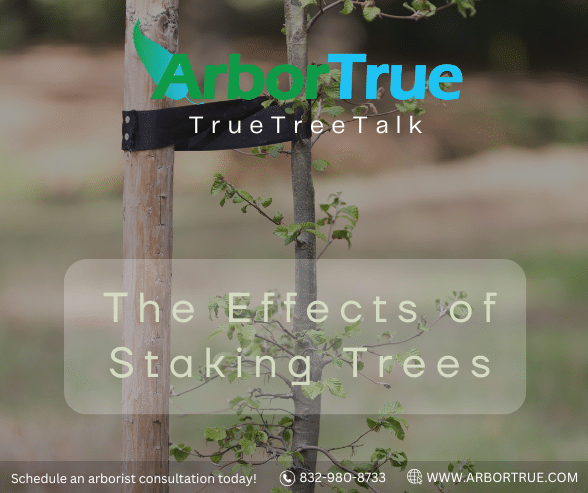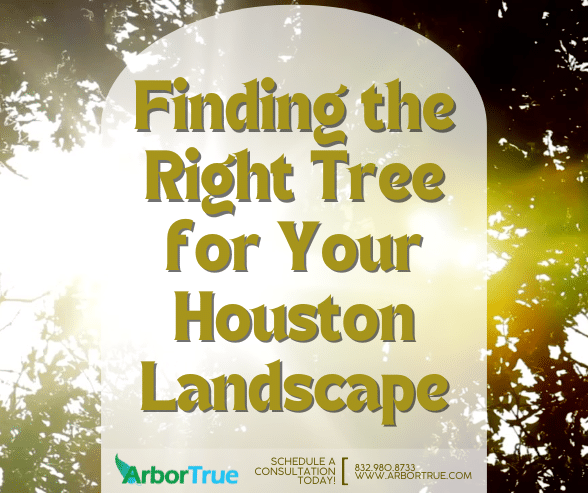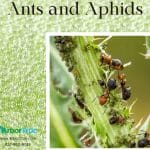
Ants and Aphids
January 3, 2024
Mushroom Monday: Splitgill Mushrooms
January 8, 2024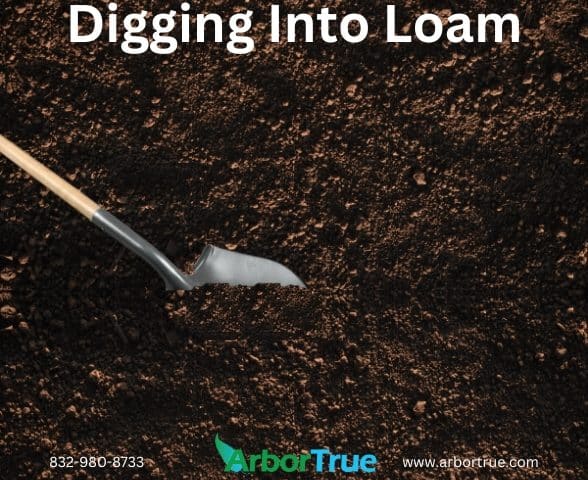
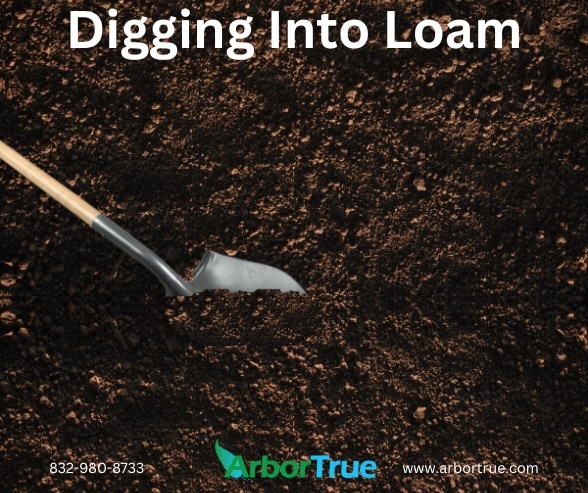
Digging into Loam
If you like trees like we do, you may have come across the term loam. You may know that it has something to do with soil but may have wondered exactly what it is. Well, here’s the information you’ve been looking for. Let’s dig into loam.
First, soil can be categorized in different ways. One of those ways is by texture. Some soils are finer, and some are coarser. This texture is influenced by the different particles of minerals in the soil.
In soil, there are three general groups of particles: clay, silt, and sand. Relatively, clay particles are smallest, sand particles are biggest, and silt particles are in between. Generally, if a soil has more clay relative to sand or silt, it will be finer in texture. If it has more sand than silt or clay, it will be coarser.
A loam soil is one that has a good mix of clay, silt, and sand in terms of growing plants. It’s not an equal mix, but rather a mix that is generally good for most plants.
Although it can vary, a loam soil will have 20% clay, 40% silt, and 40% sand. A loam soil like this will have the ability to retain nutrients, hold onto water for plants while still being well draining, allow air to move around roots, has conditions for oxygen to be present, and can be a soil that roots can easily move through.
In a loam soil, organic material, air space, water, and other things make up more than half of the soil. The remaining part is composed of the minerals found in clay, silt, and sand.
Although an ideal loam will have close to the percentages noted, loam soil can also have more or less of the three components. If it has more relative sand, the loam will be sandy. If there is more clay, it will be clay loam. There are different groups depending on the proportions.
The particles in loam work together to provide good growing conditions for plants. The sand in loam doesn’t retain water well, but it can help with aeration and help the soil drain. The clay particles can have more nutrients in them. The silt particles are in between and can hold more water than the sand, but have less nutrients compared to the clay.
If you were to hold loam soil in your hand, it would be crumbly and loose. Soil like this is called friable. You can do a general test to see if your soil is loam. If you take some soil in your hand and make a ball, loam soil will keep that shape until you poke it. If you poke it, loam soil will crumble. If the soil won’t hold the ball shape, it might have too much sand to be a loam soil. If it won’t crumble, it might have too much clay. If you want something more specific, you can take soil samples and have them tested at a lab.
Loam soil is something that develops over time. It isn’t something that could be just mixed together. Generally, to help a soil become loamy, organic material should be added to it over time. Organic material can help improve the soil structure, help soil biology, and help make soil loamier.
As a note, although the terms might be used together, loam and topsoil are not the same things. Loam describes the texture of the soil. Topsoil describes where the soil is. Topsoil can be loam and loam can be found in topsoil, but they aren’t necessarily the same.
Loam is wonderful. It is a great soil with a number of benefits for many different types of plants to grow. If you have loam soil, be thankful, and take steps to nurture it and sustain it as you grow plants and trees in your landscape.


